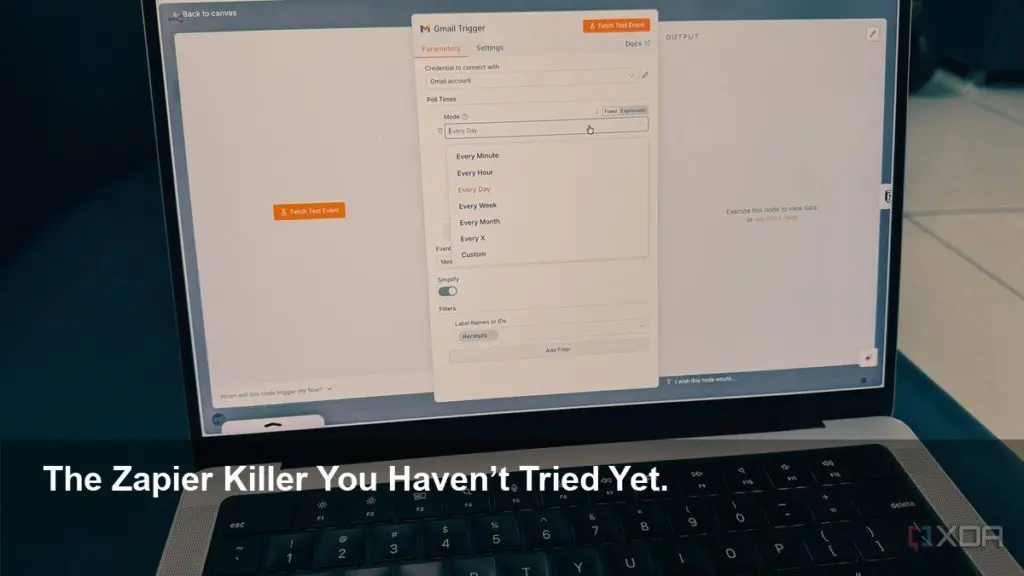- Escape High Costs: Discover how open-source automation tools eliminate the expensive, task-based pricing models used by services like Zapier.
- Total Data Control: Learn why self-hosting your automation workflows is a game-changer for data privacy and security.
- Unmatched Flexibility: Unlike the rigid constraints of many SaaS platforms, open-source solutions offer limitless customization and complexity.
- A Powerful Alternative: We explore the key features that make this open-source tool a superior choice for developers, small businesses, and tech enthusiasts.
The End of an Era for Pricey Automation?
For years, Zapier has been the undisputed king of workflow automation, connecting our favorite apps and saving us countless hours of manual work. But that convenience often comes at a steep price, with costs ballooning as your usage grows. What if there was a way to get all the power of automation without the restrictive paywalls and per-task fees? For a growing number of users, the answer is a resounding yes, and it comes in the form of powerful, self-hosted open-source tools.
The experience of switching from a closed-system SaaS like Zapier to an open-source alternative can be transformative, making you forget you ever relied on anything else. This isn’t just about saving money; it’s about reclaiming control.
The “Zapier Tax”: Unpacking the Constraints
The primary frustration with many popular automation platforms is the business model. As your business scales, so do your automation needs. More tasks mean higher subscription tiers, and complex, multi-step workflows are often locked behind the most expensive plans. This “Zapier tax” can become a significant operational cost, forcing you to ration your automation or constantly worry about hitting a monthly limit. Furthermore, you’re trusting a third party with your sensitive data, as every piece of information passes through their servers.
A Game-Changer: The Rise of Self-Hosted Automation
Enter the world of open-source, self-hosted automation. Tools built on this model fundamentally change the equation. Instead of paying for every task that runs, you host the software on your own server or a cheap cloud instance. The result? You can run tens of thousands of tasks for a fraction of the cost of a mid-tier Zapier plan.
Key Advantages of Going Open-Source:
1. Massive Cost Savings
The most immediate benefit is financial. Your only real cost is the server hosting, which can be as low as a few dollars a month. This eliminates the anxiety of task limits and allows you to automate freely without watching the meter run.
2. Unbreakable Privacy and Security
When you self-host, your data stays yours. Information flows directly between your apps, on your infrastructure. For businesses handling sensitive customer or financial data, this isn’t just a benefit—it’s a necessity.
3. Limitless Power and Flexibility
Open-source tools are built for developers and power users. They often provide more advanced features out of the box, such as complex branching logic, error handling, and the ability to write custom code snippets. You aren’t limited by the features a company decides to offer in a specific pricing tier; if you can code it, you can build it.
Is It Time for You to Switch?
While setting up a self-hosted solution requires a bit more technical know-how than signing up for a SaaS product, the long-term benefits are undeniable. For anyone who has ever felt constrained by Zapier’s pricing or limitations, the move to an open-source alternative isn’t just an upgrade—it’s a complete paradigm shift. It’s about moving from being a renter to an owner of your own automation stack, giving you the freedom to build, scale, and innovate without asking for permission.
Image Referance: https://www.xda-developers.com/open-source-automation-tool-made-me-forget-about-zapier/

